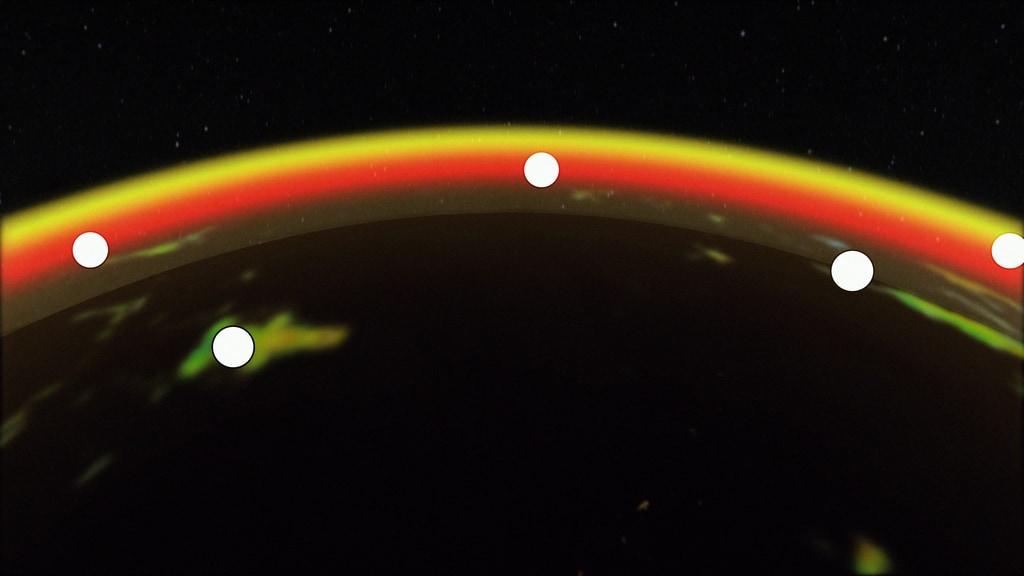Daniel N. Baker is the director of the Laboratory for Atmospheric and Space Physics at the University of Colorado, Boulder. Dr. Baker chaired the National Research Council’s 2013-2022 Decadal Survey in Solar and Space Physics.
Robotic space programs have been one of the greatest achievements of the United States. These programs have been the source of unparalleled success, technical achievement, and leadership for over 65 years. This is why scientific spacecraft programs are too important to our nation’s welfare and our leadership in the world to ever shortchange or undervalue them through poor policy decisions.
The first objective in the Space Act of 1958 — and still the first objective to this day — is “The expansion of human knowledge of phenomena in the atmosphere and space.” Due to the power and importance of this objective, our home planet Earth, every major body from our Sun through Mercury all the way out to Pluto, and the universe far beyond have been explored and continue to be explored.
This amazing record of robotic mission success and compelling accomplishment deserves unstinting support from our government and the taxpaying public. And, indeed, over the past several years the science portion of NASA, the Science Mission Directorate, has received strong budgetary support. Unfortunately, in the most recent President’s Budget Request (PBR) for Fiscal Year 2024, there was highly disappointing news. While NASA as a whole received a relatively healthy proposed budget increase for FY24, the science part of NASA was slated to have some effective budget decreases. Specific disciplines like Astrophysics would receive only a 3% increase, and Heliophysics is proposed to have decreased funding compared with the 2023 enacted budget. Such a level of science funding would obviously not keep up with the present inflation rate and risks pitting human exploration against science where, through Artemis, such a partnership is not only wanted but required. Per both Administrator Bill Nelson and Deputy Administrator Pam Melroy, science is a key motivation for the Artemis program and is built into all aspects of that program. Unfortunately, to many scientists, these statements by administrators ring hollow based on the 2024 proposed budget.
The NASA science program has had great challenges in recent times. The COVID pandemic, affecting many elements of society, made it exceedingly difficult to permit science and engineering teams to work on flight missions in the ways originally planned. This has caused unavoidable complications for solar, Earth, planetary, and astrophysical program developments. Yet, in contrast to many other federal science agencies, effectively no funding was appropriated to NASA to offset such impacts. Moreover, supply chain issues for the material and sophisticated hardware of space systems have delayed mission development by weeks, months, and in some cases, years. NASA’s Science leadership has done a laudable job during these times, racking up success after success. Nevertheless, this recent turmoil has caused NASA missions to cost more than had been budgeted in the pre-COVID planning stages and has added stress for the vital U.S.-wide research community that relies on these programs.
One of the most concerning messages contained in the FY24 PBR was that the Administration would propose to place missions of greatest national necessity by NASA’s own admission — studying our near-Earth space environment — in a “pause” mode. If this PBR plan were to be adopted, a highest priority flight mission called the Geospace Dynamics Constellation (GDC) would be forced to slow to a snail’s pace. This six-satellite space program was a top priority in the last Solar and Space Physics (Heliophysics) decadal survey issued by the U.S. National Academies in 2013. GDC was re-endorsed by the Academies’ mid-term review released in February 2020. I chaired the 2013 Decadal advisory report for the Academies, and I can say without equivocation that we as a nation (and as a spacefaring world) need GDC desperately, even more so today than when it was initially proposed. We must understand the interaction of our Sun with Earth’s upper atmosphere and ionosphere.
There presently are hundreds of spacecraft operating in low-Earth orbit (LEO). Soon there will be thousands of such spacecraft that are helping provide our world with high-speed global communication, precise position and navigation guidance, weather and climate preparedness, and countless other crucial societal benefits. Furthermore, the upper atmosphere is also a key loss region for orbital debris which constitutes one of the main threats to humanity’s ability to utilize low-Earth orbit and for which remarkably little is known. All these benefits are at risk — especially with the powerful increase in solar activity as Solar Cycle 25 peaks — without the better scientific understanding of the Sun-Earth connection that only GDC can and will provide.
I call upon the Biden administration to reconsider promptly and thoughtfully these ill-advised budget actions proposed in their FY24 PBR. I would urge that the Administration recognize fully the kind of stresses that science and technology programs have endured because of COVID, and remedy their impact as they have done for other agencies. The budgets for all science disciplines should be boosted appropriately to allow programs to be carried out successfully and in a timely and cost-effective way. Certainly, our nation and its agencies should not choose this time of great observational need to place the space program on a starvation diet. I also call upon Congress to help remedy these debilitating deficiencies of the PBR and ensure that key programs such as GDC are carried out on time and without fail.
“Leadership is fragile”, said famed NASA flight director Gene Kranz. This is especially the case as the U.S. enters into a new competition with other nation-states. We must protect and project leadership especially in the very area on which all of NASA is built: “the expansion of human knowledge of phenomena in the atmosphere and space.” This is an activity worthy of the support of a nation that is more inspired, more protected, and more powerful as a result of these programs.
